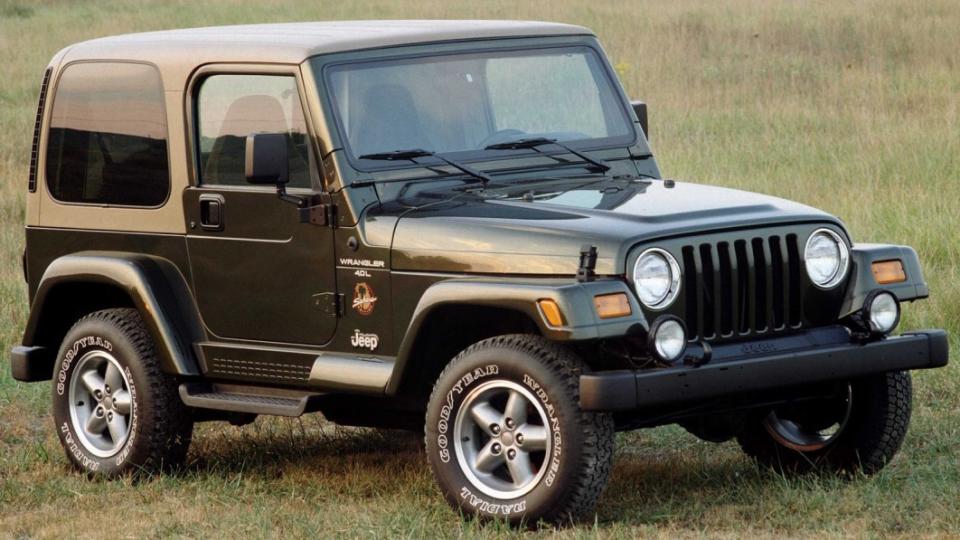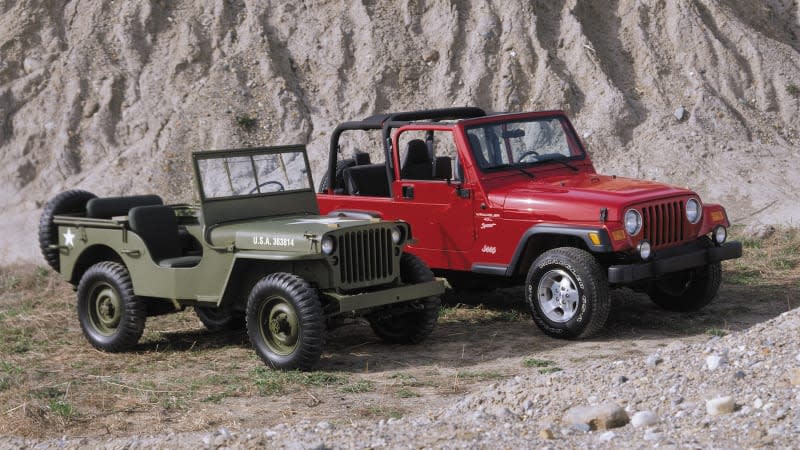1997-2006 Jeep Wrangler (TJ): Future Classic

Sure, YJ wore the nameplate first, but there’s a reason we never went back to square headlamps, OK? Do what you will with a Jeep’s front end, but the seven slots and two circles are non-negotiable. Yes, your author is firmly in the camp that believes “TJ” is short for “True Jeep.” Huey Lewis said it was hip to be square; but rectangular headlights are a residual rad fad that I could just as soon do without.
OK, so it’s the Millennial Jeep. Coils replaced leafs and the sharper corners were sanded down, but it still packed the old AMC inline engines under the hood; the stalwart 4.0-liter I6 survived the TJ’s entire lifespan; the “AMC 150” 2.5-liter inline-four however made way for an overhead-cam, 2.4-liter mill that was pejoratively referred to as “the Neon engine” by more than a few of the Jeep faithful.
Jeep’s identity is so intertwined with America’s that it would be impossible to separate them, and no car is more emblematic of that symbiosis than the Wrangler. From niche toy to mainstream icon, Jeep’s namesake 4x4 has, through the sheer will of its diehard fanbase, defined a segment that is now overflowing with compelling options. And while the brand may owe it all to the little Willys CJ, the TJ was first truly modern Jeep Wrangler.
Why is the Jeep Wrangler TJ a Future Classic?
Despite being produced during one of Chrysler’s more underwhelming quality control regimes, the TJ soldiers on in the hearts of Jeep enthusiasts on the strength of its solid platform and indefatigable inline-six. Moreover, the model that replaced it, dubbed JK, landed with a bit of a “thud,” leading some to wonder whether the Internet-generation humor implied by its chassis code was perhaps deliberate. So while modernized and better-suited to everyday life than the YJ it replaced, it retains many of the key components that made its predecessor so sought-after.



 Yahoo Autos
Yahoo Autos 
